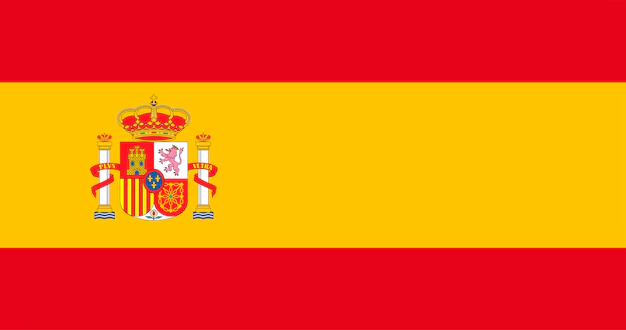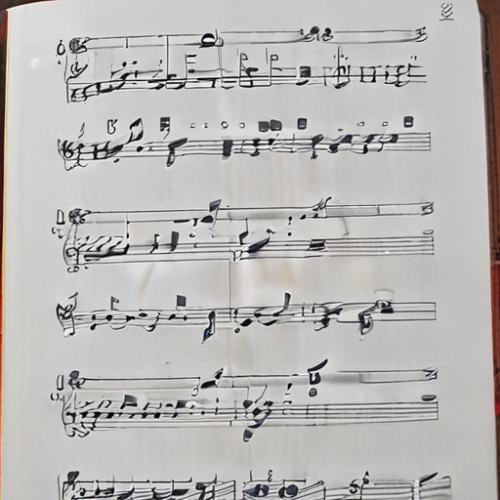History of a Christian anthem that has become timeless
Celebrating divine greatness through nature, the Psalm of Creation has established itself as one of the most popular French -speaking songs since the 1980s. Composed by Patrick Richard, it merges biblical inspiration, Franciscan poetry and modern liturgical commitment, crossing decades without losing its spiritual power.
Origins and genesis of an unexpected tube
In 1984, Patrick Richard, then animator of the Youth Eucharistic Movement (MEJ), saw a decisive night. Disappointed by the withdrawal of one of his songs from a recording program, he discovers on his desk a bookmark of the Song of Creatures of Saint Francis of Assisi. This XIII prayere Century, praising God through natural elements, becomes the creative spark: in one night, he wrote the lyrics and the melody of the Psalm of Creation, recorded in the early morning on a tape recorder. Built in 1985 in the album called to freedom, song is freely inspired:
Cantics of creatures, with its evocations of the sun, wind and water.
Biblical praise psalms (PS 8, 19, 104).
From Genesis, according to the stages of creation to man, “just less big than God.
Structure and symbolism: Universal praise
Structured in 5 verses and a repetitive refrain, the song uses anaphora “by …” to list the divine manifestations:
The infinitely large (heavens, mountains) and the infinitely small (flowers, buds).
Natural elements (fire, wind, wheat) and Christian symbols (bread, wine).
The refrain, “my God, you are great, you are beautiful / living God, very high God”, sums up an accessible theology, mixing transcendence and immanence.
Unlike François d'Assise, Patrick Richard avoids the personification of death, preferring to celebrate life and hope. The final mention of “bread and wine” inscribes the song from a Eucharistic perspective, connecting creation and redemption.
A planetary and liturgical success
Upon its release, the Psalm of Creation was a dazzling success:
Winner in 2021 of a competition of “Christian tubes” before if the Father calls you.
Translated into Breton, Arabic, Castilian, etc., with millions of listening to YouTube.
Adopted during baptisms, weddings, or outdoor celebrations.
Its musical accessibility – a simple guitar chord grid (La, fa♯m, if minor) – and its catchy melody make it a pillar of the parishes. Artists like Grégory Turpin offer acoustic covers, while educational portals like French Circles use it for learning French.
Inheritance and ecological news
Almost 40 years after its creation, the song retains a particular resonance:
Ecological dimension: aligned with the encyclical Laudato Si ', it recalls the vocation of man to protect nature, theme reinforced by the proclamation of Saint Francis as “patron of environmentalists” in 1979.
Universality: his fraternity message goes beyond confessional borders, even affecting non -believing audiences.
Patrick Richard, now withdrawn from the scene, leaves a lasting heritage. As he confides: “This song is not mine, it goes through me”. Proof of its impact, communities around the world continue to chant it, perpetuating a praise that unites earth and sky yesterday and today.



